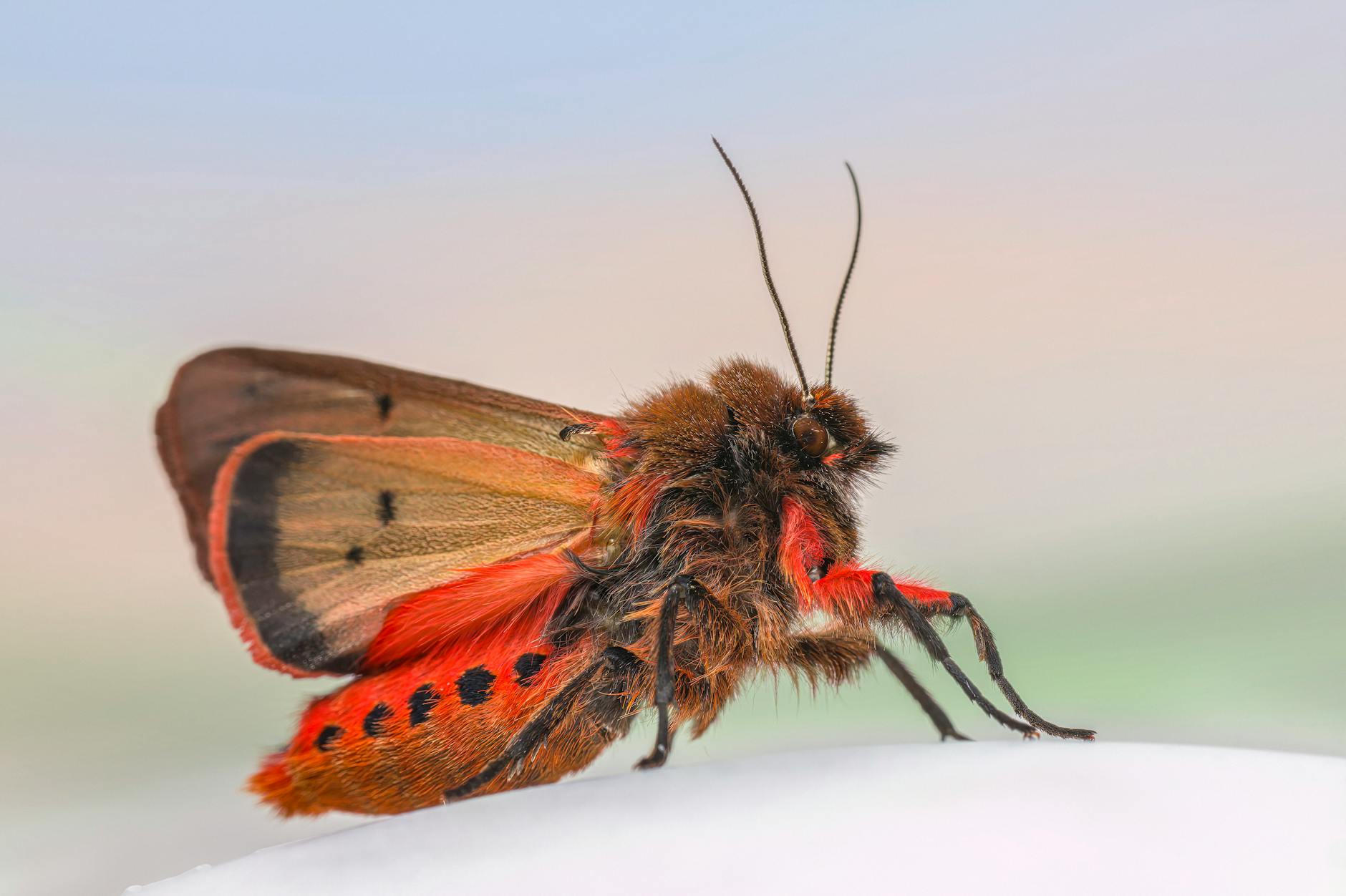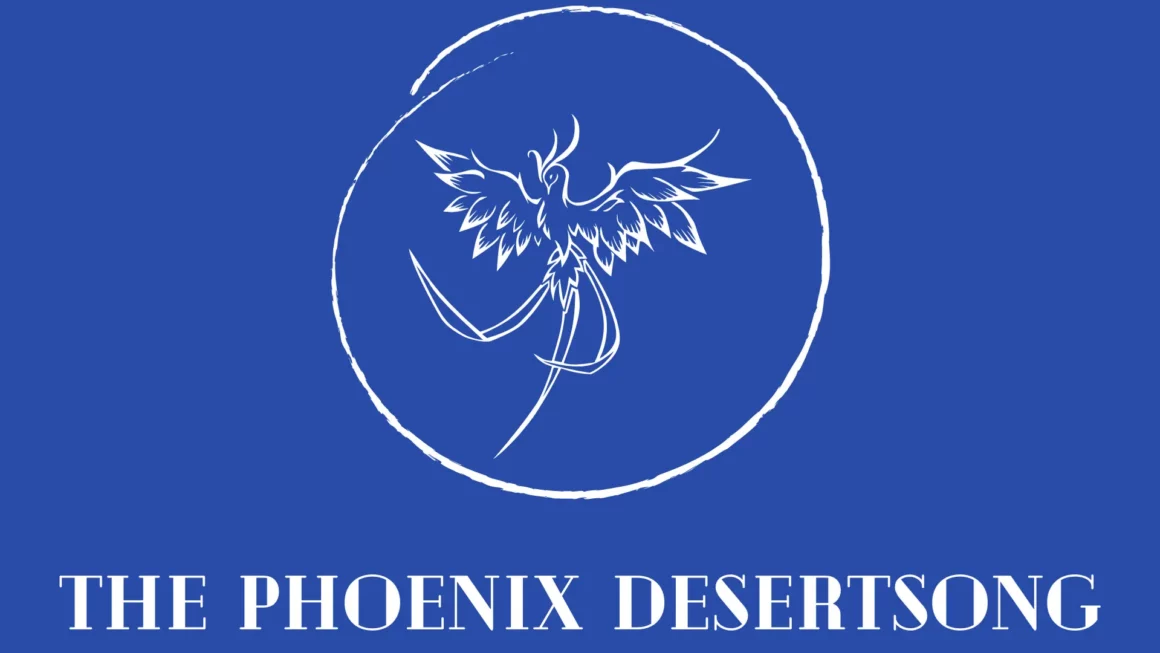As a third-grader, for me the world was never more a place of endless fascination and wonder. It was then that along with a small group of classmates, I stumbled upon a curious creature that would capture our imaginations and bring us closer together for a time. That creature was the gypsy moth caterpillar.
One sunny recess, a friend excitedly showed me a peculiar-looking caterpillar she had found crawling on the playground. Its fuzzy, striped appearance and the way it seemed to be adorned with tiny jewels made it seem like something from a fairytale. We were instantly smitten and brought a few other friends in on the observation.
We soon were informed by our teacher that this little critter was a gypsy moth caterpillar, an invasive species that was notorious for defoliating trees. Despite their reputation, we couldn’t help but be fascinated by them. They seemed so innocent and delicate, and we were eager to learn more. So, we decided to raise a few as pets, hoping to observe their transformation into moths.
We took into consideration the fact that most of them would die anyway, so we felt it was a perfect opportunity to observe these little critters up close and personally. With adult guidance, we created makeshift habitats in a transparent household container. We added branches, leaves, and twigs to mimic their natural environment and placed a few caterpillars inside. Day by day, we observed their growth and marveled at their voracious appetites as they devoured the leaves we provided.
As usual, even in those early years, I used this opportunity to turn our obsession into a learning experience. I learned about the life cycle of gypsy moths, their preferred diet, and their impact on local ecosystems. I even learned about biological control measures being implemented to manage their populations.
For me, it was a thrilling blend of scientific discovery and adventure. Meanwhile, my friends were much more excited about the fact we were keeping these strange pets. Despite our divergent connections to the larvae, my friends and I spoke eagerly of our odd little classroom farm to everyone we met. Whereas most people saw pests, we just saw little critters that utterly fascinated us.
As the weeks went by, our caterpillars grew. They eventually began to spin their cocoons. This was an exciting time for us, as we knew the culmination of our time with the emerging gypsy moths was near. We diligently monitored their progress, hoping to witness their metamorphosis into moths.
One morning, we arrived at school to find that our first moth had emerged from its cocoon. It was a magical moment, as we watched the delicate, winged creature stretch and flutter. More moths emerged soon after, and we couldn’t help but feel a sense of accomplishment and pride in our success.
Despite our attachment to the creatures, we knew we couldn’t keep them as pets forever. After a day or two, we released our moths into the wild, knowing full well that they were part of a complex ecosystem that we were all only just beginning to understand.
Looking back on that experience, I’m grateful for the sense of wonder and curiosity that my classmates and I shared. Our gypsy moth adventure taught us not only about the natural world, but also about the importance of sharing passions with your peers. Even though we were just third-graders, our passion for these tiny creatures demonstrated how we could build personal bonds that lasted well beyond our caterpillar-raising days.
In the end, the gypsy moth caterpillars taught us a valuable lesson: that even the smallest of creatures can inspire great curiosity, bring people together, and create memories that last a lifetime. Those early years of elementary school were the pinnacle of my childhood. As the joys of those times wouldn’t last much beyond the fifth grade, I treasure those exuberant sagas of youth with great enthusiasm.


